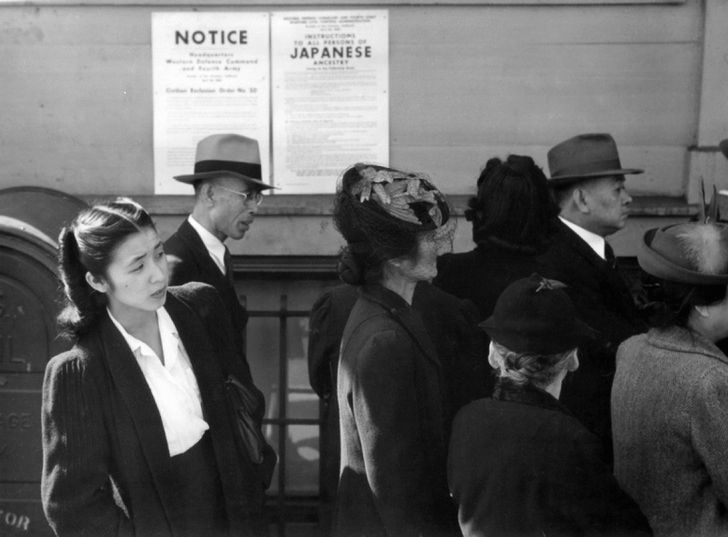Although you may assume the "P's" on Australian license plates stand for "pass," it actually stands for "Provincial," meaning you passed the test, but you're only provisionally licensed. You can drive, but there are certain restrictions attached to both red and green "P's."
General Provincial License Information
Each Australian State and territory has its own laws regarding Provisional licenses. Still, the general premise is the same: learner drivers need to pass their theory and practical driving test before they're given P plates. Once P is granted, drivers are placed in a probationary period.
It takes two years in Western Australia and Northern Territory, three years in ACT, South Australia, and New South Wales, and four years in Victoria to pass the probationary period.
As a new driver, you should compare iSelect car insurance providers across Australia. It's common for new license holders to pay more for their insurance, but it doesn't have to be this way. With a clean driving record, you'll be able to save more as you age.
With that said, let's take a look at the differences between both Ps in Australia.
Across-the-Board Red P and Green P Requirements
No matter what Australian State you live in, the following rules remain the same:
- Provincial drivers must comply with all traffic laws, road rules, and restrictions.
- Drivers have to display their approved P plates where it's clearly visible.
- The "P" sticker is either red, green, or white, with a white, red, or green background.
- Drivers cannot drive if they have illegal drugs in their system or a BAC level above 0.
- Pass an eyesight test and prove your identity.
- Pay the test fees and license fees.
P Plate Rules By State
Each Australian State abides by provincial driving rules. This section will examine what separates VIC, NSW, and the NT, as they present the most significant distinctions.
New South Wales (NSW)
NSW has the most distinct process because they separate their license education into three stages. Learners will progress to a P1 license, a P2 license, and finally, a full license.
P1 License
- Be under 25 and take an HPT test after 120 hours of driving, including 20 hours at night.
- Logged 120 of practice, including 20 hours at night, and passed an HPT course.
- After 12 months, learners can book their driving test.
- The red P plate must be shown clearly on the front and back of the vehicle.
- With a P1 license, you can only drive cars under 90km/h.
- You can't use mobile phones, including hands-free while driving.
- You can't drive with more than one passenger or drive between 11 pm-5 am.
- Excessive speeding will result in a 3 months suspension.
P2 License
- A P2 must be held for 2 years before the driver can go for their full license;
- As long as you haven't been suspended for reckless driving, you can.
- The green P plate must be shown clearly on the front and back of the vehicle.
- With a P2 license, you can't drive over 100km/h or use hands-free or mobile phones.
- Your license will be suspended if you reach or exceed 7 demerit points.
Victoria (VIC)
In Victoria, you must abide by the following state rules:
- Be a minimum of 18 years old and hold a Learner's Permit for over 12 months.
- Logged 120 hours of practice, including 20 hours at night, and passed an HPT course.
- Upon completion, you must complete a four-year probationary period at P1 and 3 years at P2. Your sticker must be displayed clearly on your car.
Northern Territories (NT)
In Northern Territories, you won't have to follow too many strict rules:
- Be over 18. Under-25s receive a two-year P license. Over 25s receive a one-year P.
- To get your P plates, you need to hold your learners for over 6 months.
- You can't exceed 100km/h, and you must read A Guide to Driving Test.
The further you go up north, the fewer restrictions are placed on your P license.

















